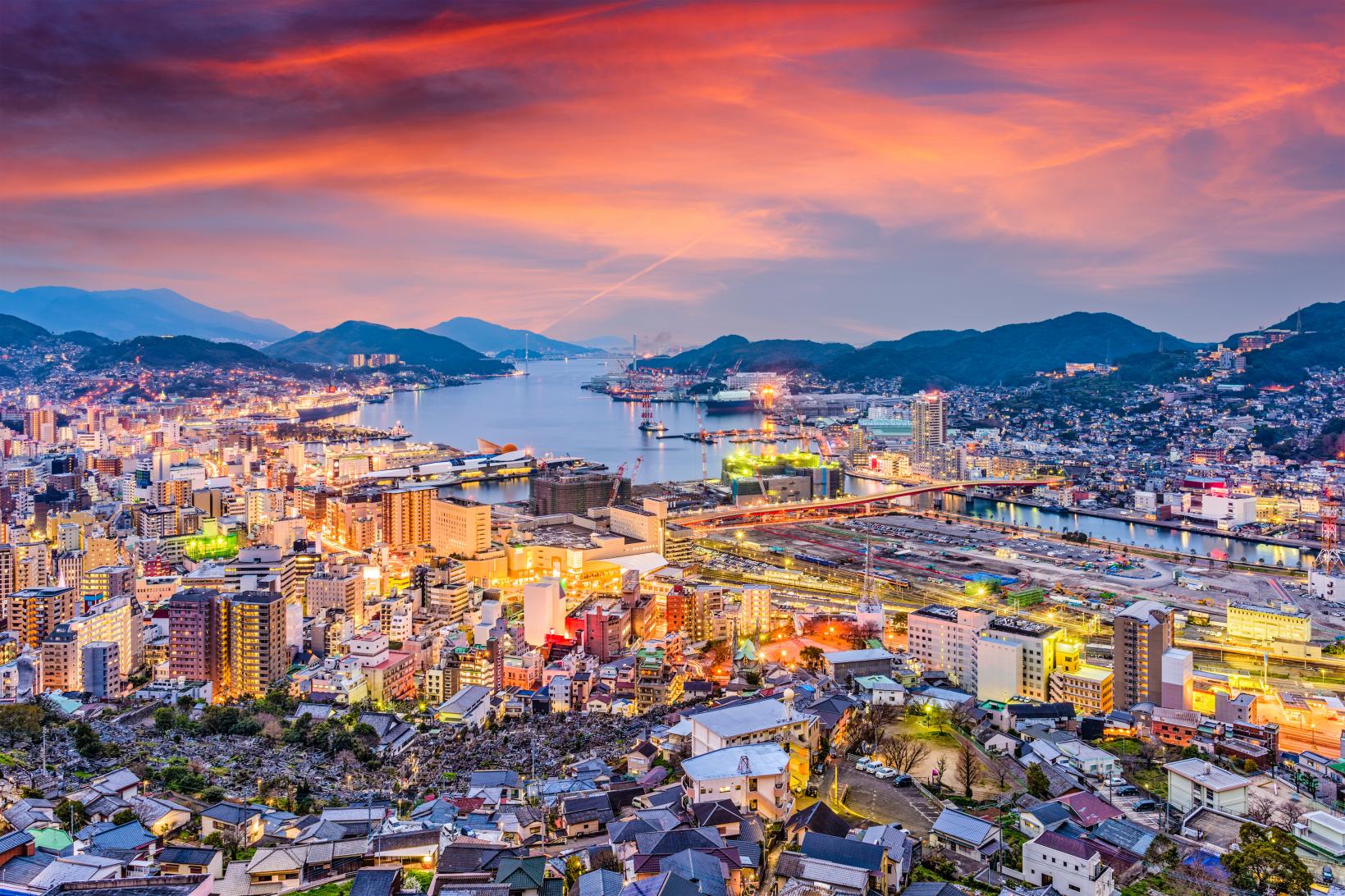How to Get from Fukuoka to Nagasaki
Have you ever thought about how to travel stress-free and clearly between the lively city of Fukuoka and the culturally rich town of Nagasaki? Planning a trip to Kyushu? Both Fukuoka and Nagasaki are probably on your mind. Not only are these two cities must-see places in Japan, but they also provide a notable contrast: While Nagasaki welcomes you with quiet charm, rich history, and a mix of Japanese, Chinese, and European influences, Fukuoka hums with modern energy, shopping, and street cuisine. The positive news? There are many transportation choices to suit every sort of traveler—whether you’re on a limited backpacker budget, pursuing views on the scenic route, or zipping between cities with a JR Pass. Traveling between Fukuoka and Nagasaki is quite simple. This guide will cover all you need to know about traveling from Fukuoka to Nagasaki: how far it is, how long it takes, the best transportation choices, what each one costs, and some insider reservation advice. Let’s get started!
Fukuoka and Nagasaki: An Overview
Before we dive into the nitty-gritty of travel planning, let’s discuss a little about Fukuoka and Nagasaki themselves. Often called the entrance to southern Japan, Fukuoka lies on the northern coast of Kyushu Island. Fukuoka is a popular starting point for those touring Kyushu given its busy Hakata Station, access to international flights, and limitless dining choices (indeed, that includes the renowned Hakata ramen). Whether you’re strolling through Ohori Park, watching a baseball game at PayPay Dome, or hopping through yatai food stalls after dark, it’s modern, efficient, and full of experiences. Just over 150 kilometers southwest is Nagasaki. Though smaller than Fukuoka, its cultural attraction far exceeds its size. From its part as Japan’s only international trading port during the Edo Period to the tragic legacy of the atomic bomb in 1945, Nagasaki is rich in history. With hillsides, harbors, and one of Japan’s best night views from Mount Inasa, it’s also quite beautiful. For visitors seeking a combination of modern city atmosphere and profound cultural investigation, Fukuoka and Nagasaki taken together make a great match. And since they are relatively near on the map, you can readily visit both during the same journey.
Fukuoka-Nagasaki Distance
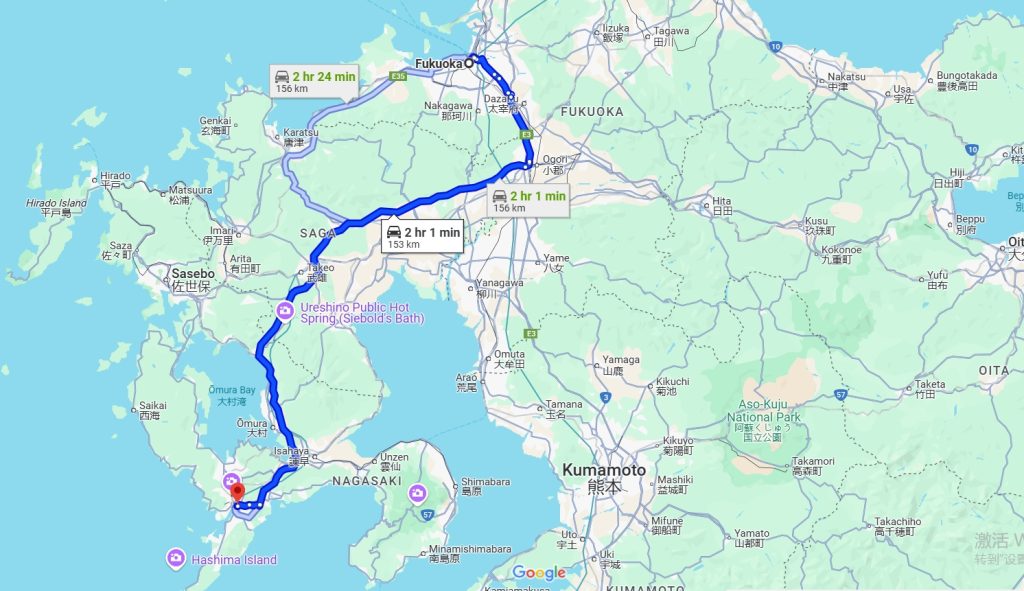
Now let’s consider some fundamentals: how far is it from Fukuoka to Nagasaki, and how long will it take? About 93 miles (150 kilometers) separates the two cities in straight-line distance. Actual travel distance will change, though, depending on the route and mode of transportation you select. Most visitors will leave from Fukuoka’s Hakata Station, the city’s central hub, and arrive at Nagasaki Station, conveniently found in the heart of Nagasaki. The trip lasts from 1.5 to 3 hours depending on your mode of transportation and travel style. Once you arrive, whether you’re speeding along the tracks on the Nishi-Kyushu Shinkansen or driving the scenic highway, you will still have lots of time to discover. Given their near closeness and great transportation connections, it’s not surprising that many visitors combine Fukuoka and Nagasaki into one itinerary. The path itself is simple, smooth, and sprinkled with vistas of mountains, rural areas, and ocean all along.
Transportation Comparison: Train, Bus, Car, or Plane?
There are four main ways to travel between Fukuoka and Nagasaki: by train, highway bus, car rental, and plane. Each has its pros and cons, depending on your time, budget, and travel preferences.
To help you decide, here’s a comparison table to break things down:
| Mode of Transport | Travel Time | Cost (USD) | Comfort Level | Availability |
| Train (Shinkansen/Kamome) | 1.5–2 hours | $30–40 | ★★★★☆ (very comfortable) | Frequent (every 30–60 min) |
| Highway Bus | 2.5–3 hours | $20–25 | ★★★☆☆ (budget friendly) | Hourly |
| Car Rental | 2.5–3 hours | ~$60+ | ★★★★☆ (flexible, scenic) | Always available (book ahead) |
| Flight (Not ideal) | ~4 hours (with transfers) | $80+ | ★★★☆☆ (time-consuming) | Limited and indirect |
Let’s take a closer look at what each of these options offers when traveling between Fukuoka and Nagasaki.
A. By Train: The Fastest and Most Comfortable Option
If you want to get from Fukuoka to Nagasaki quickly and smoothly, taking the train is your best bet.
You can ride the Limited Express Kamome or the newly extended Nishi-Kyushu Shinkansen. Both trains run frequently from Hakata Station in Fukuoka to Nagasaki Station. The journey takes about 1 hour 20 minutes to 2 hours, depending on the train type and connections.
Limited Express Kamome Route
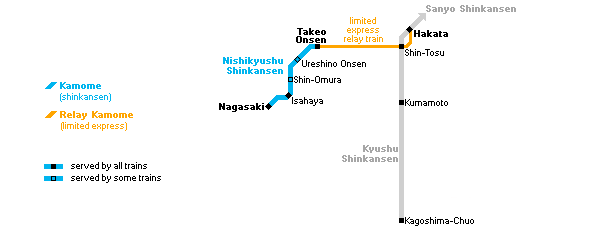
Nishi-Kyushu Shinkansen Route
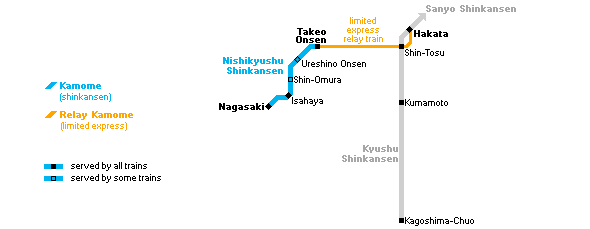
What makes this ride special is not just the speed, but the views. As you glide through rural Kyushu, you’ll pass through rice fields, rivers, small towns, and even glimpse the ocean in some stretches.
Cost: Expect to pay around $30–40, depending on your seat and train type. If you’re using a JR Pass or a JR Kyushu Rail Pass, you’re in luck—the trip is fully covered.
Comfort level: Very high. You’ll enjoy spacious seats, clean restrooms, quiet cars, and vending machines onboard. Some Kamome trains even have designer interiors with wooden accents.
Availability: Trains depart every 30–60 minutes, from early morning to late evening.
Booking your train ticket is simple. You can:
- Purchase at JR ticket counters in any major station (including Hakata).
- Use ticket machines that have English options.
- Book online via JR Kyushu’s official site or JR West.
If you’re a rail pass holder, this is the best option. The JR Kyushu Pass and Japan Rail Pass both cover this route, saving you money and time.
Make sure to reserve a seat if you’re traveling on weekends or holidays. Trains can get crowded, especially during cherry blossom season or Golden Week.
B. By Highway Bus: The Budget Traveler’s Choice
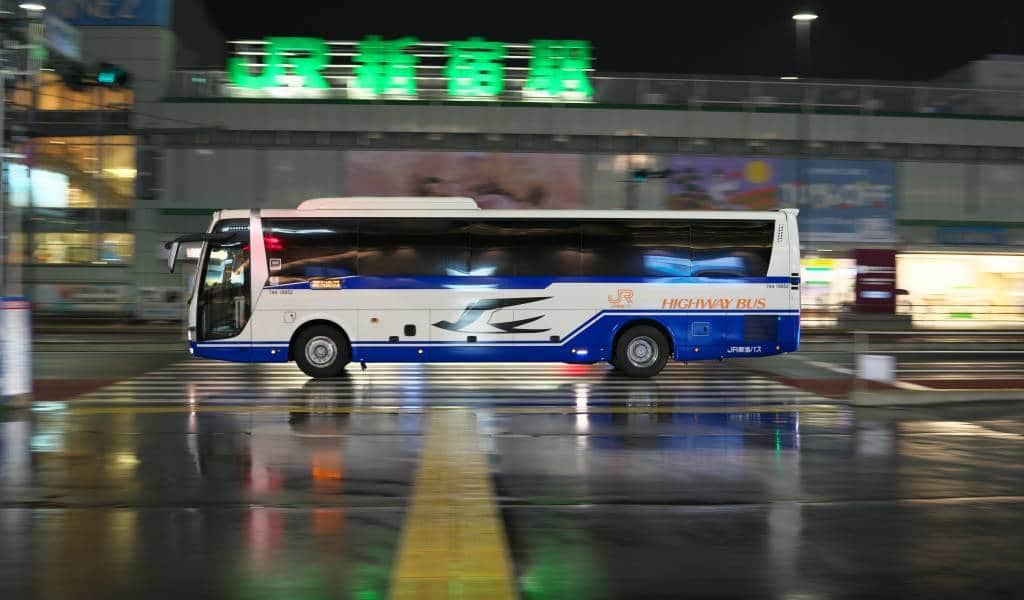
If you’re watching your yen, the highway bus is a solid option for traveling between Fukuoka and Nagasaki. The trip takes around 2.5 to 3 hours, depending on traffic, and buses depart from Hakata Bus Terminal or Tenjin Bus Center.
This option is cheaper than the train and still offers a comfortable ride with reclining seats, air conditioning, and sometimes even Wi-Fi.
Cost: Around $20–25, depending on time and provider. Sometimes you’ll find discounted fares if you book online in advance.
Comfort level: Moderate. You’ll have a decent seat and storage space for luggage underneath, but you won’t be able to move around like on a train.
Availability: Buses run roughly every hour during the day. Reservations are recommended during weekends or holidays.
You can catch a bus from:
- Hakata Bus Terminal (connected to Hakata Station)
- Tenjin Bus Center, right in central Fukuoka
Booking your seat:
- Go to Japan Bus Onlinefor English-friendly booking.
- Or, buy tickets in person at the terminal or via convenience stores like Lawson and FamilyMart (look for their ticket machines).
Some buses allow seat selection, and if you’re traveling with a friend, that’s a big bonus. Plus, most highway buses provide reclining seats and onboard restrooms.
C. By Car Rental: For Scenic Stops and Flexibility
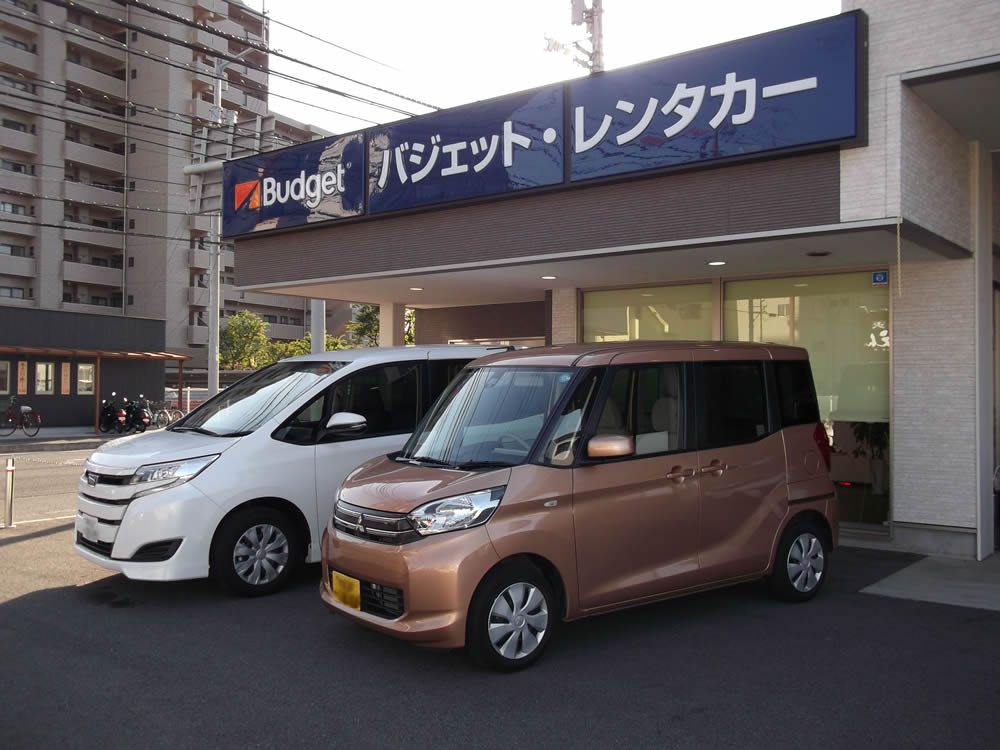
Renting a car gives you complete freedom if you’re traveling with family, a group, or just wish to explore at your own pace. Depending on traffic and your selected path, driving between Fukuoka and Nagasaki takes roughly 2.5 to 3 hours. Your drive will mostly be along the well-kept, smooth Nagasaki Expressway. Toll prices accumulate, but the advantage is the capacity to stop at roadside rest stops, mountain lookouts, or hidden temples along the route. About $60–70 including tolls, gas, and car rental. Car type and rental company influence pricing. Comfort level: High. You create your own timetable and take unplanned breaks. Fukuoka Airport or Hakata Station offer simple car rental arrangements. If you’re a foreign visitor, just be sure to bring an International Driving Permit (IDP).
Advice on renting:
- Fukuoka Airport and Hakata Station all have sites for major car rental companies including TOYOTA Rent-a-Car, Times Car Rental, and Nippon Rent-A-Car.
- Especially during busy travel times, book online ahead of time.
- Remember to carry your home country license together with your International Driving Permit (IDP).
- Ask for an English GPS device or run Google Maps on your phone using a local SIM or pocket Wi-Fi for navigation.
- Though you’ll need an ETC card for automatic toll payments, toll roads like the Nagasaki Expressway are efficient. Request your rental agency to add one.
D. The Least Practical Option: By Plane
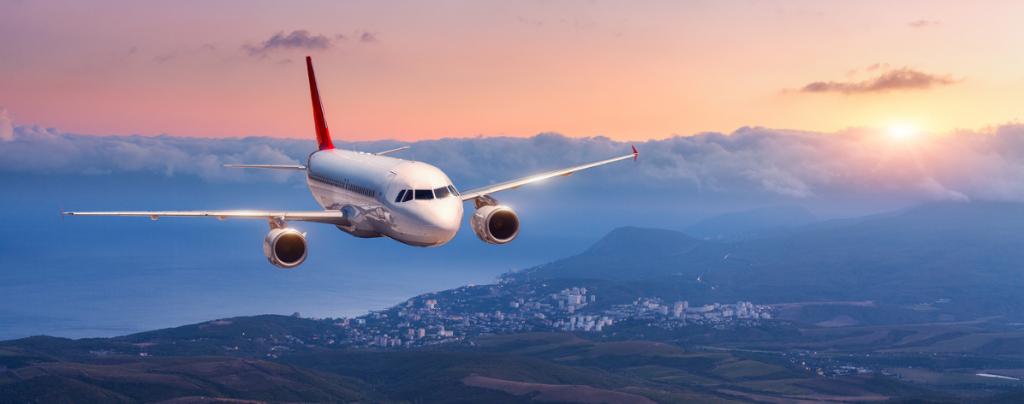
You can technically fly from Fukuoka to Nagasaki, but it’s usually not a good idea. There are few direct flights between the two cities; most of them require connecting paths, which adds airport transit and check-in to the total travel time of 3 to 4 hours. About $80+, more costly than the train for far less convenience.
Comfort level: Average, but transfers and delays diminish the attraction. Mostly for business travelers or those connecting from larger routes, limited flights exist. This path is not worth the trouble unless you are flying into Fukuoka and directly transferring to Nagasaki.
Should you fly, keep in mind that flights could include stopovers and might only operate a few times each day. Usually, booking is done through sites for major Japanese airlines or tools like Trip.com or Skyscanner.
Suggested Choices for Various Types of Travelers
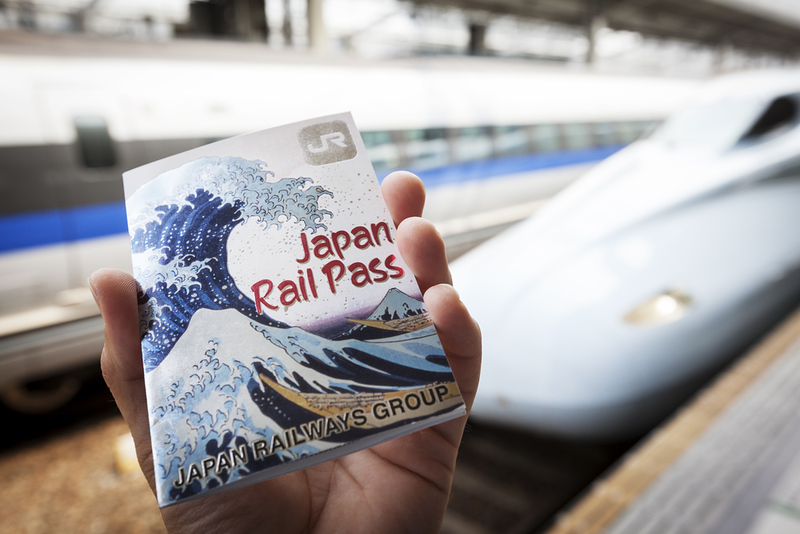
Not clear yet how to go from Fukuoka to Nagasaki? Depending on your travel style, here is a breakdown of what works best.
● Quickest Route: Take the Nishi-Kyushu Shinkansen. Hassle-free, it takes you from Fukuoka to Nagasaki in under 90 minutes.
● Most Affordable: Use the highway bus. If you’re not in a hurry, it’s dependable, inexpensive, and a decent choice.
● Best for Holders of JR Pass: Board the Limited Express Kamome or Shinkansen using your rail pass. No additional expenses and no ticket queues.
● Best for Families or Groups: Rent a car. For families or photographers who enjoy discovering hidden treasures, the ability to stop wherever you choose makes it perfect. Driving provides the opportunity to stop at rest stops or viewpoints and lovely rural scenery. If slow travel appeals to you, this is the path to take. Your priorities will help you choose between Fukuoka and Nagasaki; yet, the trip itself is part of the adventure regardless of your choice of transportation.
Advice for a Seamless Trip From Fukuoka to Nagasaki

These useful suggestions will help you to make your journey between Fukuoka and Nagasaki as seamless as possible:
- Book in Advance Peak travel times in Japan are Golden Week (early May), Obon (mid-August), and New Year’s. Book your seats early since trains, buses, and rental cars fill up quickly.
- Send Luggage or Use Coin Lockers Should you be leaving a Fukuoka hotel and going directly to see Nagasaki, you may want to reduce your burden. Coin lockers are available at both Nagasaki Station and Hakata Station. You may also send your bags forward using Japan’s quick luggage forwarding service, Takkyubin.
- Verify IC Card Coverage While IC cards like Suica, ICOCA, and SUGOCA are great for trains in Fukuoka and Nagasaki, they could not be accepted on highway buses or certain local routes in Nagasaki. Just in case, always have some cash on hand.
- Steer clear of rush hours Especially in Fukuoka, if you’re using public transportation, steer clear of morning (7:30–9:00 AM) and evening (5:00–7:00 PM) rush hours. These are times when commuters predominate and buses or trains could be crowded.
- Get Necessary Apps Load your phone with: • Navitime Japan Travel: For train and bus schedules • Google Maps: For car navigation and public transport planning • Japan Bus Online: To book intercity bus tickets Especially if it’s your first time in Japan, these apps will help you to save time and avoid any misunderstanding.
- Be aware of the weather. Especially in the summer, both Fukuoka and Nagasaki can have unexpected rain. Bring a small umbrella or get a reasonably priced one at a convenience store. Drive carefully if you’re driving as roads could be slick, particularly on mountain curves or near the coast.
Nagasaki: What to Eat and See
Following your seamless journey from Fukuoka to Nagasaki, it is time to explore all that this interesting city has to offer. Although Nagasaki is sometimes quieter than Fukuoka, its rich history, cultural depth, and mix of foreign influences will reward travelers unlike anything else in Japan. These are some can’t-miss locations and must-try meals to include on your Nagasaki schedule:
Nagasaki’s Best Attractions
Glover’s Garden Visit this open-air museum facing Nagasaki Harbor to enter the 19th century. Once home to foreign merchants who influenced the trading past of Nagasaki, Glover Garden boasts preserved Western-style mansions. Especially in spring, the gardens are lovely; the hilltop vistas are amazing.
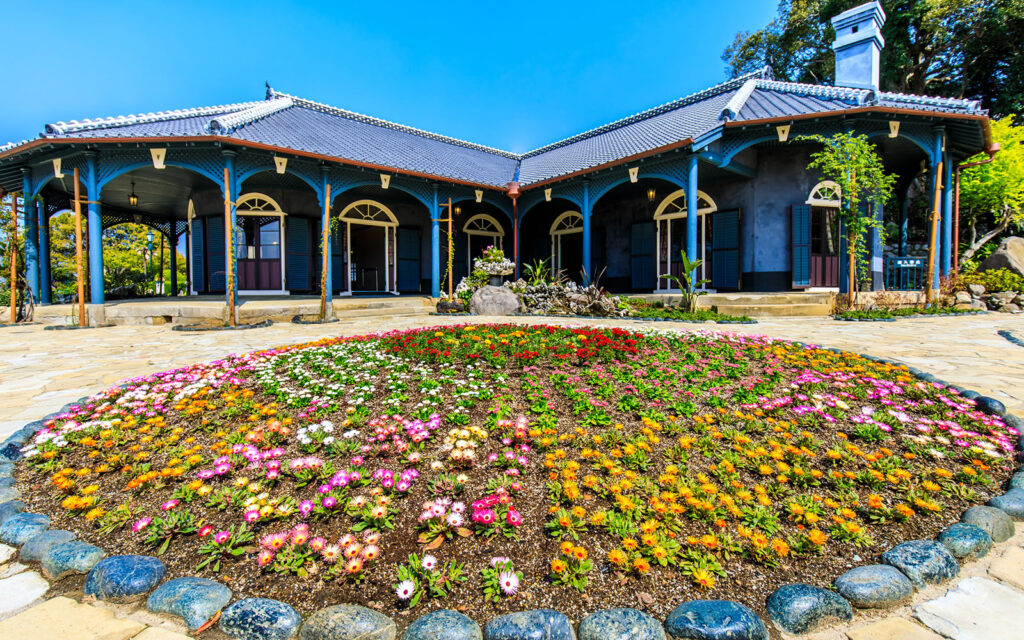
Deijima Once a little man-made island, Dejima was Japan’s only entrance to the outside world during its protracted period of isolation. It has been restored to reflect 17th century Dutch trade life. Stroll down narrow alleys, storage warehouses, and merchant homes telling their own story.
Atomic Bomb Museum and Nagasaki Peace Park No trip to Nagasaki is complete without stopping to think at the Peace Park. Built close to the hypocenter of the atomic bomb dropped in 1945, this site honors the victims and conveys a strong message of peace. With genuine relics, survivor narratives, and multimedia displays, the museum next door is really touching.
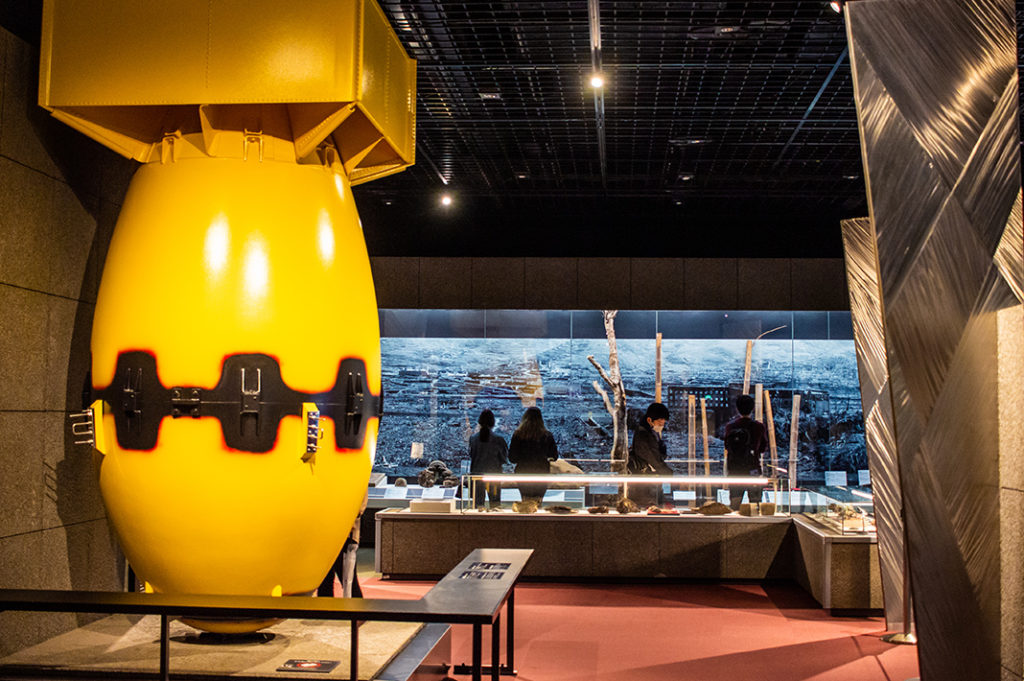
Night View of Mount Inasa Should you enjoy cityscapes, be sure to catch the panoramic night view from Mount Inasa. Ropeway, automobile, or cab will get you to the summit. From the observation deck, the twinkling lights of Nagasaki circle the harbor like a sparkling necklace. Many times, it ranks among the top three nighttime views in Japan.
Oura Cathedral Constructed in 1864, this Catholic church is the oldest of its sort in Japan and a UNESCO World Heritage site. It reminds one of Nagasaki’s past as a religious refuge and center for hidden Christians during the Edo Period. The architecture, stained-glass windows, and peaceful ambiance make the trip worthwhile.

Nagasaki Cuisine
Traveling between Fukuoka and Nagasaki offers one of the greatest pleasures: the gastronomic difference between the two cities. Fukuoka is well known for its Hakata ramen and street food vendors, but Nagasaki offers a tasty combination of Japanese, Chinese, and European cuisines.
Champon Nagasaki’s most famous meal, this. Made with pork, seafood, and vegetables all stir-fried and simmered in a rich, milky broth, Champon is a robust noodle soup. Perfect after a long day of sightseeing, it’s gratifying and soul-warming. Where to sample it most? Go to Shikairo, where champon was born.
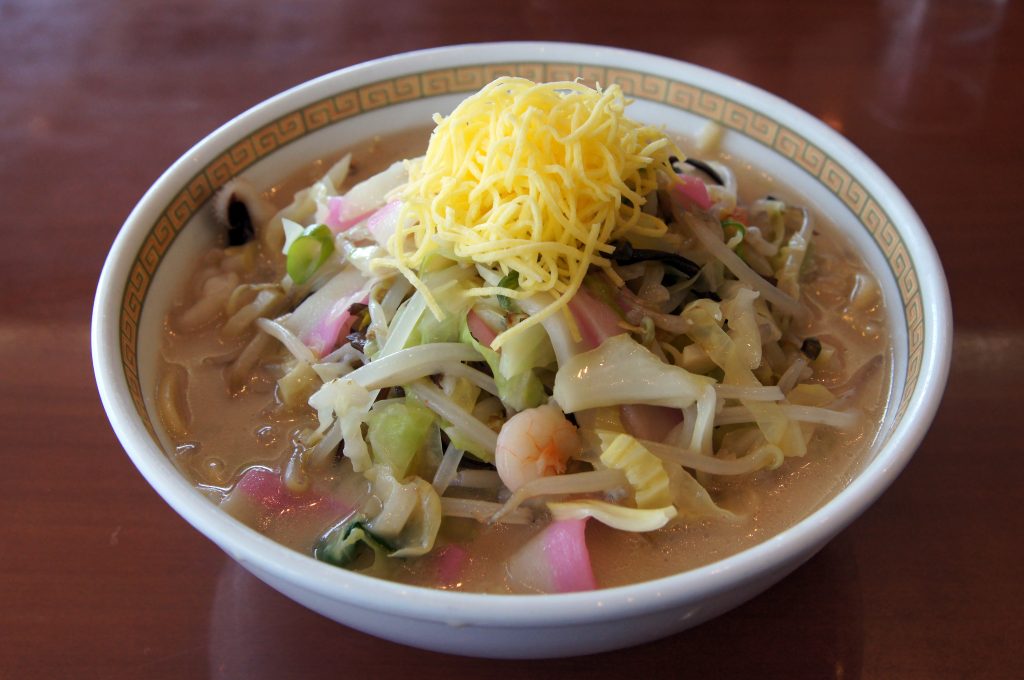
Udon Sara Sara Udon is served crispy or soft, topped with a generous amount of stir-fried vegetables, seafood, and thick sauce, not to be confused with conventional udon. It’s very addictive, crunchy, and savory.
Castella Originally brought by Portuguese traders, Castella is a soft, fluffy sponge cake created with sugar, flour, eggs, and starch syrup. Everywhere in Nagasaki, you’ll find attractively packaged Castella, which is excellent as a souvenir or a sweet snack with tea.

Shippoku Cooking Shippoku food is worth trying if you want a unique dinner. Served banquet-style at historic restaurants, it’s a one-of-a-kind mix of Chinese, Japanese, and Western cooking techniques. From roast duck to sashimi, dishes are shared and encompass all.
Turkish rice A quirky and cherished local dish, Toruko Rice is a complete meal on one plate—usually a mix of rice pilaf, spaghetti, and pork cutlet with demi-glace sauce. It’s the best comfort food and shows how Western impact has mixed into daily Nagasaki life.
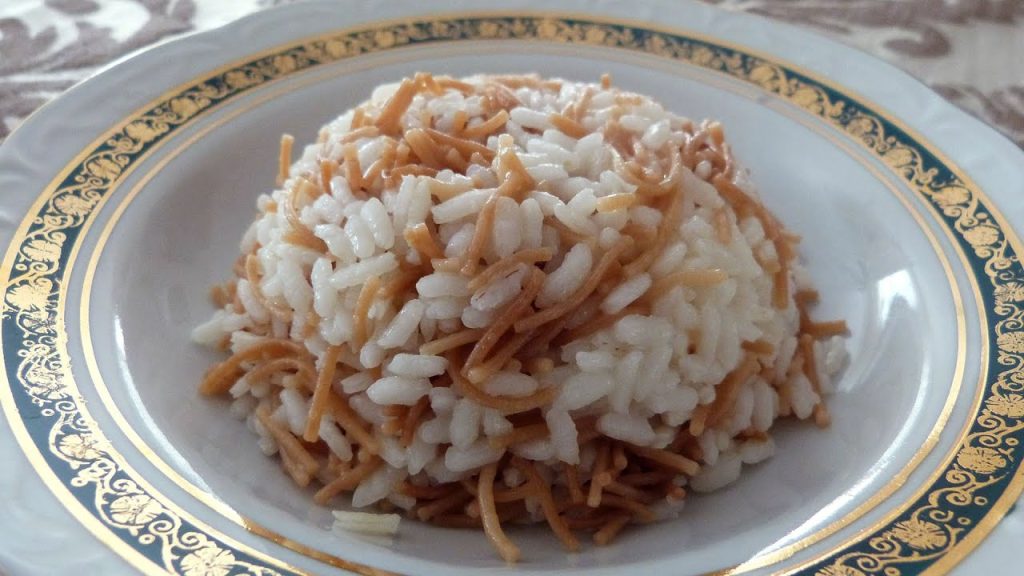
Look out for regional snacks, seasonal specialties, and local sake as you travel Fukuoka and Nagasaki. Nagasaki is smaller than Fukuoka, making it simple to walk around and you will usually come across family-run restaurants full of character, old-school bakeries, and small cafes.
Traveling between Fukuoka and Nagasaki is a journey through Japan’s layered history, rich culture, and always changing scenery, not only from one city to another. Though so well linked, these two cities provide such a vibrant contrast that including them in one trip seems simple. The harmony of history and modernity will remain with you long after your trip whether you are sipping matcha in a peaceful garden in Nagasaki or grabbing a bowl of spicy tonkotsu ramen in Fukuoka’s busy streets.
Here is a fast summary to assist you in selecting the appropriate travel choice for your trip between Fukuoka and Nagasaki:
- The Nishi-Kyushu Shinkansen rushes you to Nagasaki in roughly 90 minutes.
- The highway bus is still comfortable and easy on your wallet.
- Most flexible and beautiful: A rented car gives you access to off-the-beaten path exploration.
- Best for pass holders: JR rail passes turn train travel into a no-brainer.
When you get there, take time to unwind. Stroll the calm Dejima alleyways, view the sunset from Mount Inasa, and hear the Oura Church bells ring out across the hills. Savor the blend of East and West in Nagasaki’s food, and allow every meal to narrate. Together, Fukuoka and Nagasaki provide among the richest and most fulfilling travel experiences in Kyushu. This path should be first on your Japan travel itinerary given its seamless connections, great cuisine, and history around every corner. Pack your bags, get your train ticket (or bus pass or car keys), and prepare for a journey combining convenience with culture—Nagasaki is calling!
